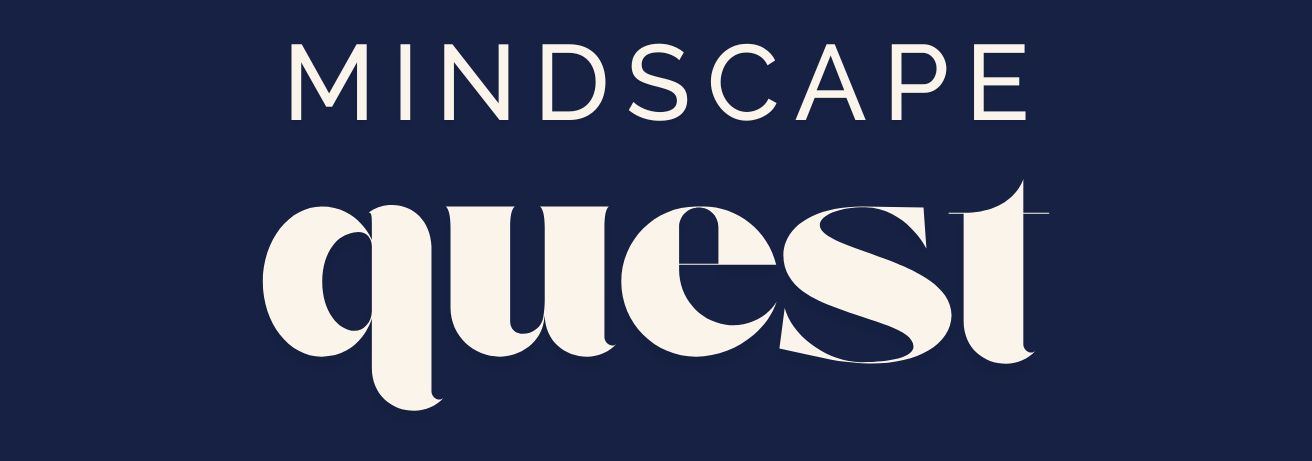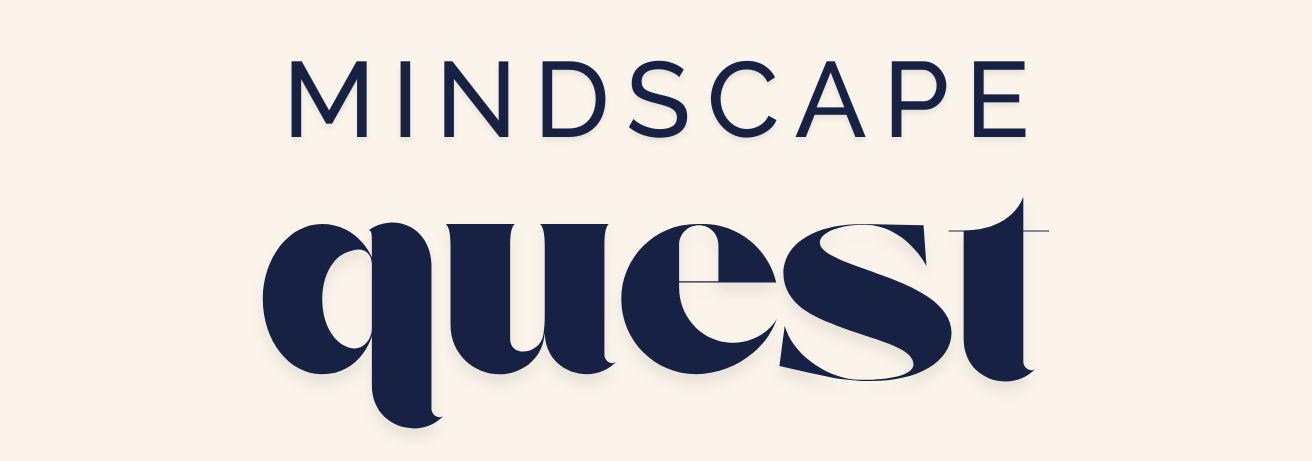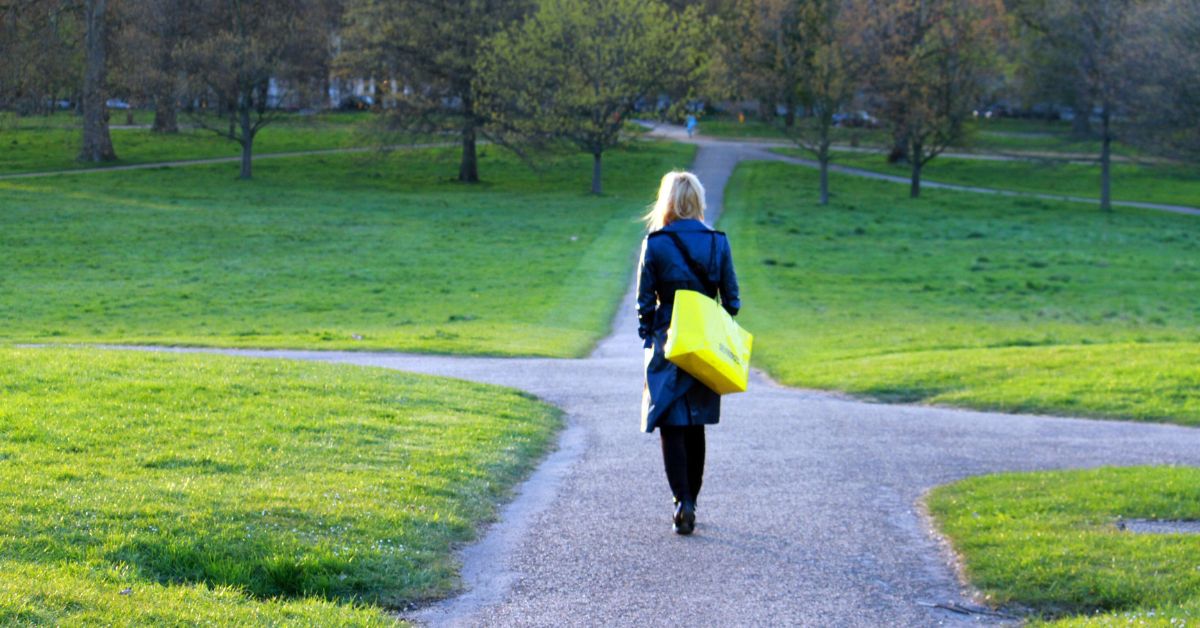Prefab Cabin Delivery: A Seamless Transition
Prefabricated cabins offer a unique advantage in the world of construction, primarily due to their seamless delivery process. Unlike traditional construction methods that often face delays due to weather conditions or onsite complications, prefab cabins are built in a controlled factory environment. This ensures that once they are ready for delivery, they arrive at the site fully constructed or in easy-to-assemble sections. The delivery process itself is streamlined, with specialized transport vehicles ensuring that the cabins are safely transported to even the most remote locations.
One of the key benefits of prefab cabin delivery is the reduction in construction time. Traditional building projects can take months or even years to complete, but with prefab cabins, the timeframe is significantly shortened. This is particularly advantageous for those looking to set up holiday homes or remote offices quickly. The rapid delivery and setup mean that you can start using your new space almost immediately.
Moreover, the delivery of prefab cabins is often accompanied by expert installation services. This ensures that the cabin is correctly positioned and secured, minimizing any potential issues that might arise from improper setup. For those concerned about environmental impact, the delivery process is often optimized to reduce carbon emissions, aligning with sustainable building practices.
In summary, prefab cabin delivery offers a hassle-free, efficient, and environmentally friendly alternative to traditional construction methods. Whether you’re looking to set up a new home, a vacation retreat, or an office space, prefab cabins provide a practical solution that saves time and resources.
Customizable Prefab Cabins: Tailored to Your Needs
One of the standout features of modern prefab cabins is their high level of customizability. Unlike older models that offered limited design options, today’s prefab cabins can be tailored to meet a wide range of aesthetic and functional preferences. This flexibility makes them an attractive option for homeowners who wish to reflect their personal style or meet specific spatial requirements.
Customization options are vast, ranging from the layout and number of rooms to the choice of materials and finishes. For instance, you can choose between different types of wood, metal, or composite materials for the exterior, depending on the desired look and durability. Interior options are equally varied, with choices for flooring, cabinetry, and fixtures that can be selected to match your taste and budget.
Additionally, prefab cabins can be designed to include modern amenities and technologies. From energy-efficient windows and insulation to smart home systems, these cabins can be equipped with features that enhance comfort and sustainability. This level of customization ensures that your prefab cabin is not only a functional living space but also a reflection of your lifestyle and values.
Furthermore, customizable prefab cabins are designed with future modifications in mind. As needs change, these cabins can be expanded or reconfigured with relative ease, offering long-term flexibility that traditional homes may lack. This adaptability is a key selling point for those who anticipate changes in family size or usage requirements over time.
In essence, customizable prefab cabins offer a unique blend of personalization and practicality, making them a compelling choice for anyone looking to build a home that meets their specific needs and preferences.
Cost-Effective Modular Homes: Affordable Living Solutions
Modular homes, a close relative of prefab cabins, are gaining popularity as cost-effective housing solutions. These homes are constructed using modules or sections that are built off-site and then assembled on the final location. This method of construction not only reduces costs but also offers several financial advantages over traditional building methods.
Firstly, the controlled factory environment in which modular homes are built allows for bulk purchasing of materials and efficient labor management, leading to significant cost savings. These savings are often passed on to the consumer, making modular homes more affordable than their traditionally built counterparts. Additionally, the construction process is less susceptible to delays caused by weather or labor shortages, further reducing potential costs.
Another financial benefit of modular homes is their energy efficiency. Many modular homes are designed with sustainability in mind, incorporating features such as high-quality insulation, energy-efficient windows, and renewable energy systems. These features can lead to lower utility bills over time, providing ongoing savings for homeowners.
Moreover, modular homes often have a faster build time, which means that homeowners can move in sooner and begin enjoying their new space without the extended wait associated with traditional construction. This rapid turnaround can also reduce financing costs, as shorter construction periods may result in lower interest payments on construction loans.
In conclusion, cost-effective modular homes offer an appealing alternative for those looking to maximize value without compromising on quality or design. With their affordability, energy efficiency, and quick construction time, modular homes provide a practical solution for modern living.
Comparing Prefab and Traditional Construction: Making the Right Choice
When deciding between prefab cabins and traditional construction methods, several factors come into play. Each option has its own set of advantages and considerations, and the right choice depends largely on individual needs and circumstances.
One of the primary benefits of prefab construction is the speed of delivery and setup. As prefab cabins are built in a factory setting, they are less susceptible to weather-related delays, allowing for a quicker transition from purchase to occupancy. This is particularly beneficial for those with tight timelines or those looking to avoid the unpredictability of onsite construction.
In terms of cost, prefab cabins often present a more budget-friendly option. The efficiency of the factory build process, combined with reduced labor costs, typically results in lower overall expenses compared to traditional construction. However, it’s important to consider potential additional costs, such as transportation and site preparation, which can vary based on location and cabin size.
Customization is another key consideration. While traditional homes offer virtually limitless design possibilities, modern prefab cabins have greatly expanded their customization options. From layout and materials to energy-efficient features, prefab cabins can be tailored to fit a wide range of preferences, often with more predictability in cost and timeline.
Ultimately, the decision between prefab and traditional construction should be guided by factors such as budget, timeline, location, and personal preference. For many, the blend of efficiency, cost-effectiveness, and customization offered by prefab cabins makes them an enticing option in today’s housing market.
Conclusion: Embracing the Future of Housing
As we look to the future of housing, prefabricated cabins and modular homes offer a glimpse into a more efficient, sustainable, and customizable way of living. With their streamlined delivery, affordability, and adaptability, these homes present a compelling alternative to traditional construction methods.
For those seeking a practical solution that aligns with modern living needs, prefabricated cabins offer an innovative approach that combines the best of both worlds: the convenience of factory-built efficiency with the flexibility of personalized design. Whether you’re planning a new home, a vacation retreat, or a remote office, exploring the possibilities of prefabricated housing could lead to a rewarding and satisfying investment.
In embracing the benefits of prefab and modular homes, individuals and families can enjoy a living environment that not only meets their immediate needs but also adapts to future changes and challenges. As the demand for sustainable and efficient housing continues to grow, these innovative solutions are poised to play a significant role in shaping the homes of tomorrow.










